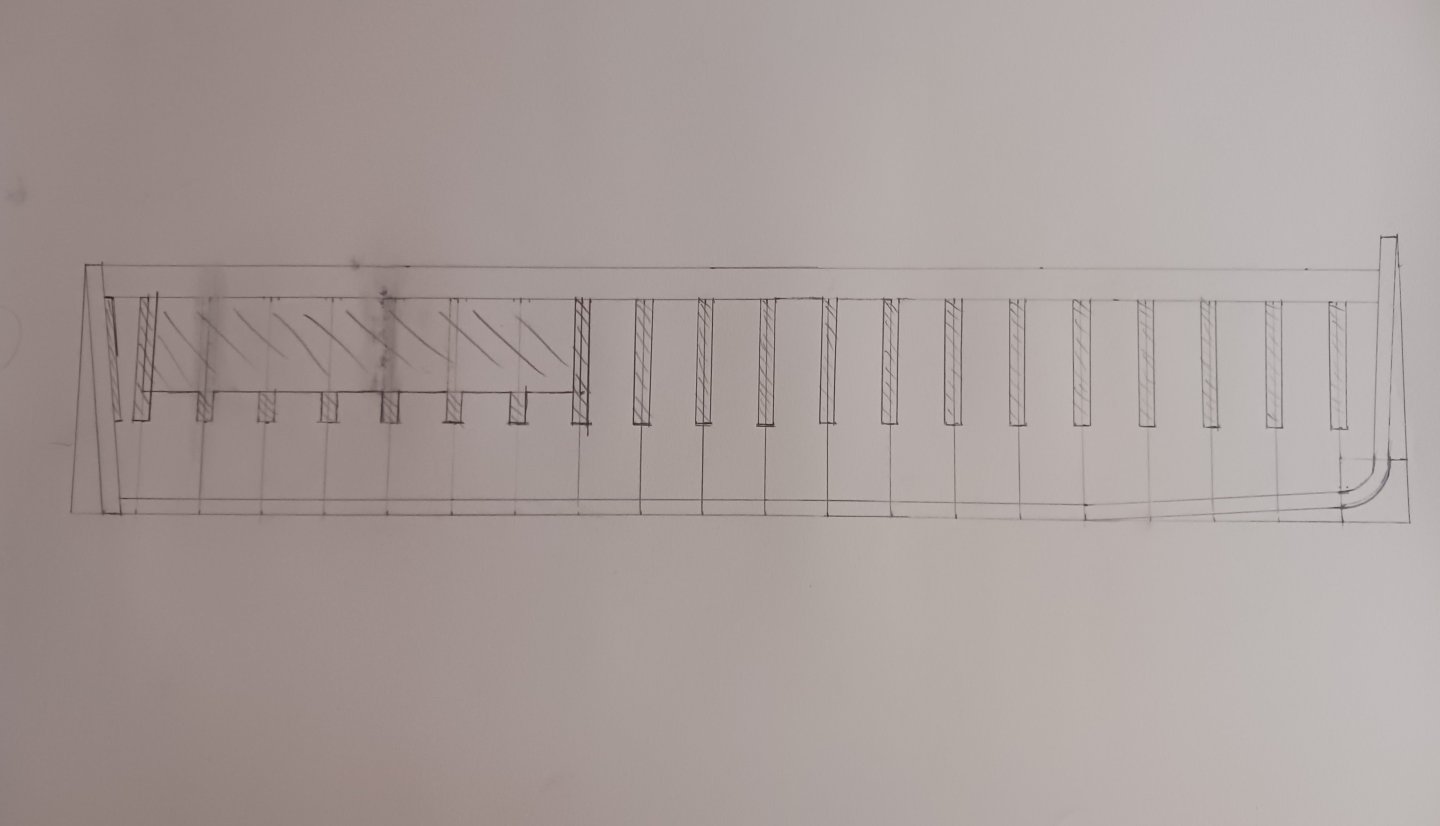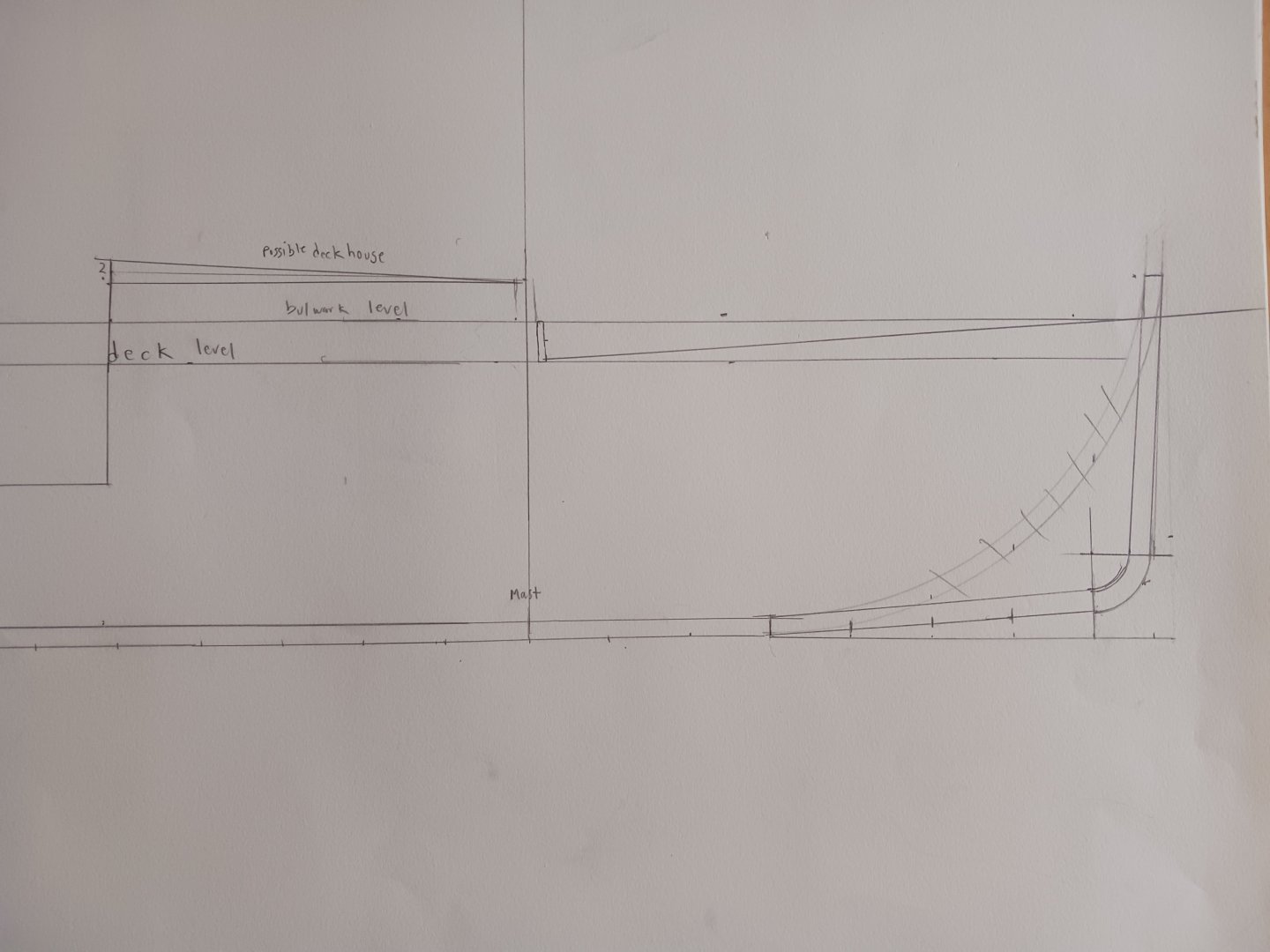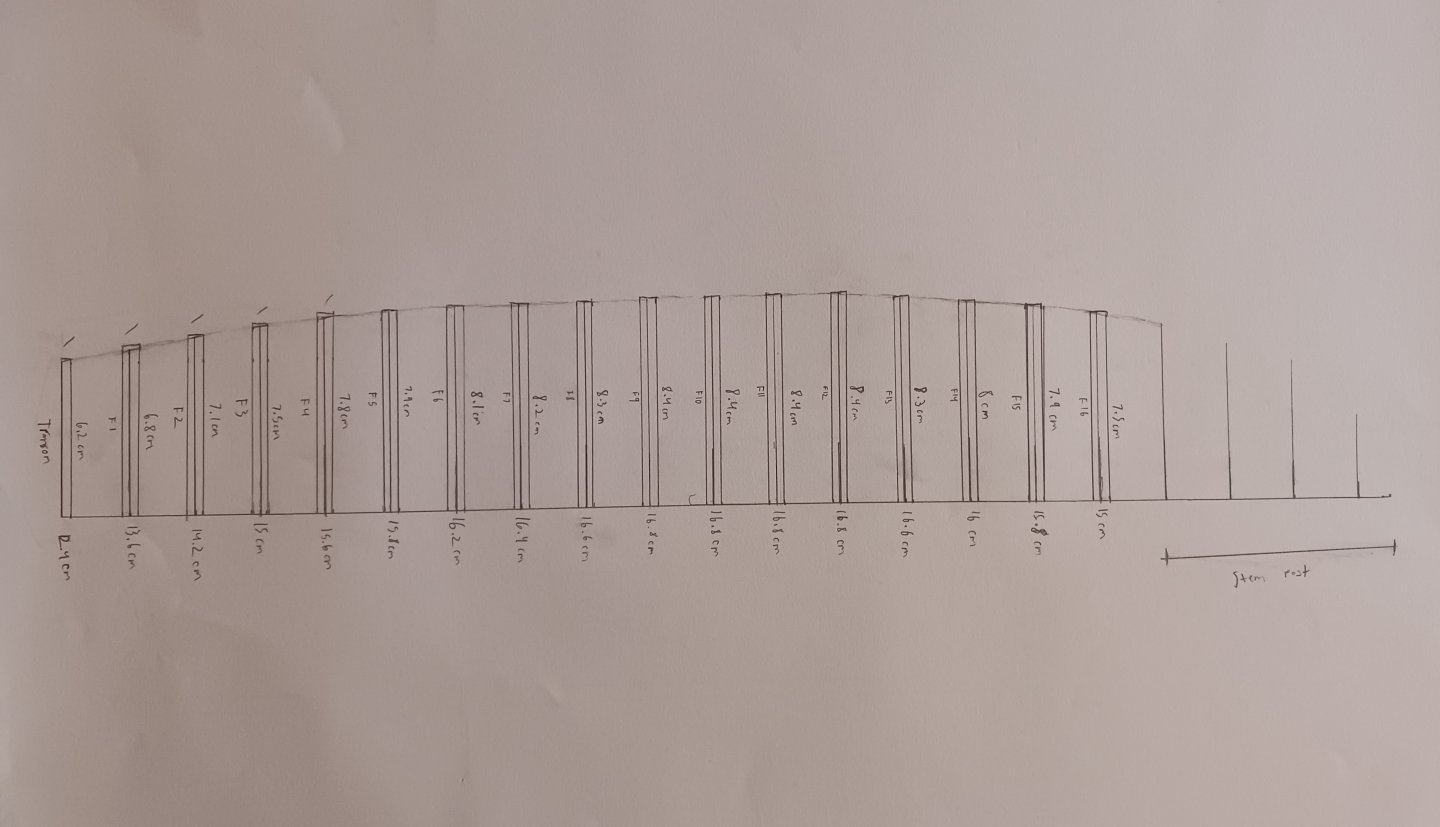-
Posts
1,017 -
Joined
-
Last visited
About Ferrus Manus
- Birthday 07/12/2004
Profile Information
-
Gender
Male
-
Location
California, USA
-
Interests
Sailing ships, all things nautical history, medieval/renaissance history
Recent Profile Visitors
-
 mtaylor reacted to a post in a topic:
Devin Collins 1899 by Ferrus Manus - 1/18 - Devonshire Sloop-rigged pilot cutter
mtaylor reacted to a post in a topic:
Devin Collins 1899 by Ferrus Manus - 1/18 - Devonshire Sloop-rigged pilot cutter
-
 Keith Black reacted to a post in a topic:
Devin Collins 1899 by Ferrus Manus - 1/18 - Devonshire Sloop-rigged pilot cutter
Keith Black reacted to a post in a topic:
Devin Collins 1899 by Ferrus Manus - 1/18 - Devonshire Sloop-rigged pilot cutter
-
 GrandpaPhil reacted to a post in a topic:
Devin Collins 1899 by Ferrus Manus - 1/18 - Devonshire Sloop-rigged pilot cutter
GrandpaPhil reacted to a post in a topic:
Devin Collins 1899 by Ferrus Manus - 1/18 - Devonshire Sloop-rigged pilot cutter
-
This is one of the only good views of the deck of the Lizzie Annie, apart from the obstruction of the bow by the massive genoa sail. Look at the distinct absence of a cockpit. The designers worked around this by angling the tiller upward. This boat is small enough to be controlled by a man on the tiller, rather than requiring tiller gear. For that reason, I might be making the executive decision to exclude the cockpit on the Devin Collins. The main reason for this is to avoid unnecessary complications in the build, and simplify the framing. The lack of a cockpit leaves more room for other things on the boat, such as crates of ale or books for the deckhands to read while they wait for a large windjammer to enter the Bristol Channel. This cutter has a very small cockpit and no deckhouse: While this cutter has no cockpit and a tiny deckhouse: The recurring theme I notice in the realm of pilot cutters is a distinct lack of uniformity.
-
 Ferrus Manus reacted to a post in a topic:
HM Armed Cutter Sherbourne 1763 by Isaiah - Vanguard models - 1:64
Ferrus Manus reacted to a post in a topic:
HM Armed Cutter Sherbourne 1763 by Isaiah - Vanguard models - 1:64
-
 Ferrus Manus reacted to a post in a topic:
HM Armed Cutter Sherbourne 1763 by Isaiah - Vanguard models - 1:64
Ferrus Manus reacted to a post in a topic:
HM Armed Cutter Sherbourne 1763 by Isaiah - Vanguard models - 1:64
-
You can prevent this by using filler blocks in some places, which also give the planking a greater surface area to adhere to.
- 26 replies
-
- vanguard models
- cutter
-
(and 1 more)
Tagged with:
-
 Ferrus Manus reacted to a post in a topic:
HM Armed Cutter Sherbourne 1763 by Isaiah - Vanguard models - 1:64
Ferrus Manus reacted to a post in a topic:
HM Armed Cutter Sherbourne 1763 by Isaiah - Vanguard models - 1:64
-
 Thukydides reacted to a post in a topic:
HM Armed Cutter Sherbourne 1763 by Isaiah - Vanguard models - 1:64
Thukydides reacted to a post in a topic:
HM Armed Cutter Sherbourne 1763 by Isaiah - Vanguard models - 1:64
-
An accurate build is a good looking build. When it comes to ships, usually accuracy equates to beauty pretty well.
- 26 replies
-
- vanguard models
- cutter
-
(and 1 more)
Tagged with:
-
 mtaylor reacted to a post in a topic:
Devin Collins 1899 by Ferrus Manus - 1/18 - Devonshire Sloop-rigged pilot cutter
mtaylor reacted to a post in a topic:
Devin Collins 1899 by Ferrus Manus - 1/18 - Devonshire Sloop-rigged pilot cutter
-
 GrandpaPhil reacted to a post in a topic:
Devin Collins 1899 by Ferrus Manus - 1/18 - Devonshire Sloop-rigged pilot cutter
GrandpaPhil reacted to a post in a topic:
Devin Collins 1899 by Ferrus Manus - 1/18 - Devonshire Sloop-rigged pilot cutter
-
 yvesvidal reacted to a post in a topic:
Devin Collins 1899 by Ferrus Manus - 1/18 - Devonshire Sloop-rigged pilot cutter
yvesvidal reacted to a post in a topic:
Devin Collins 1899 by Ferrus Manus - 1/18 - Devonshire Sloop-rigged pilot cutter
-
 Keith Black reacted to a post in a topic:
Devin Collins 1899 by Ferrus Manus - 1/18 - Devonshire Sloop-rigged pilot cutter
Keith Black reacted to a post in a topic:
Devin Collins 1899 by Ferrus Manus - 1/18 - Devonshire Sloop-rigged pilot cutter
-
 Ferrus Manus reacted to a post in a topic:
HM Armed Cutter Sherbourne 1763 by Isaiah - Vanguard models - 1:64
Ferrus Manus reacted to a post in a topic:
HM Armed Cutter Sherbourne 1763 by Isaiah - Vanguard models - 1:64
-
 Ferrus Manus reacted to a post in a topic:
HM Armed Cutter Sherbourne 1763 by Isaiah - Vanguard models - 1:64
Ferrus Manus reacted to a post in a topic:
HM Armed Cutter Sherbourne 1763 by Isaiah - Vanguard models - 1:64
-
This is the newly designed false keel, based on the revised drawings of the profile view of the cutter.
-
Would you like to do some research on the real ship?
- 26 replies
-
- vanguard models
- cutter
-
(and 1 more)
Tagged with:
-
 Ferrus Manus reacted to a post in a topic:
HM Armed Cutter Sherbourne 1763 by Isaiah - Vanguard models - 1:64
Ferrus Manus reacted to a post in a topic:
HM Armed Cutter Sherbourne 1763 by Isaiah - Vanguard models - 1:64
-
 Ferrus Manus reacted to a post in a topic:
Devin Collins 1899 by Ferrus Manus - 1/18 - Devonshire Sloop-rigged pilot cutter
Ferrus Manus reacted to a post in a topic:
Devin Collins 1899 by Ferrus Manus - 1/18 - Devonshire Sloop-rigged pilot cutter
-
The plan shown was not my own. It was a representation of what I wanted my bow to look like. I redesigned my own bow to reflect the online image. That picture is likely a photocopy, my designs are all drawn on paper with pencil. Go back and look at the original side profile of the boat. I hope that answers your question.
-
 Ferrus Manus reacted to a post in a topic:
Devin Collins 1899 by Ferrus Manus - 1/18 - Devonshire Sloop-rigged pilot cutter
Ferrus Manus reacted to a post in a topic:
Devin Collins 1899 by Ferrus Manus - 1/18 - Devonshire Sloop-rigged pilot cutter
-
Thank you for the recommendation. I will have to look into it. While this is a pilot cutter, other similar boats like the Lizzie Annie are equally valuable resources. The shallow hull sets the Devin Collins apart from other pilot cutters, and from what I've seen, all pilot cutters are unique.
-
Why don't you start the build log for the Sherbourne and do some research while you wait? That's what I do.
- 177 replies
-
- Perseverance
- Modellers Shipyard
-
(and 1 more)
Tagged with:
-
Another possibility that avoids the brass pin inserts is to cut a square hole at the edge of the planking at regular intervals (probably every other frame, will be determined after planking is on-ship) and insert the stanchions into the cutouts in the deck. A third option is to use JB-Weld on the bottoms of the stanchions. The first plank on the stanchions, directly above the wale, will be glued to the wale as well as the stanchions, increasing the structural soundness of the entire system.
-
The drawings you're looking at are not my drawings or plans, but rather a representation of how the bow should look on my vessel.
-
 Ferrus Manus reacted to a post in a topic:
Devin Collins 1899 by Ferrus Manus - 1/18 - Devonshire Sloop-rigged pilot cutter
Ferrus Manus reacted to a post in a topic:
Devin Collins 1899 by Ferrus Manus - 1/18 - Devonshire Sloop-rigged pilot cutter
-
I have reevaluated the positioning of the main wale on the boat. I have also come up with a different way of attaching the stanchions for the upper bulwarks that does not require the wale to be above deck-level. The deck will be planked off-ship (this is non-negotiable as I already have working plans for that) and laid down on the tops of the frames. Then, with each frame still exposed, the stanchions will be positioned on top of the deck. This opens up new avenues for the scupper designs. Some smacks have an open area at deck level for water runoff, while others have proper scuppers. I will likely go the latter route. The Lizzie Annie has an unplanked area at deck level... ...while the cutter Kochi has proper scuppers. The plan is to drill holes and insert brass pins connecting the stanchions to the hull. The reason for this, apart from the scupper issue, is that the interiors of these cutters' upper bulwarks usually remain unplanked. Thus, the stanchions are to remain exposed when the upper bulwarks are planked and painted. I have rarely ever seen the main wale above deck level on an English smack.
-
This is the redesigned bow: Eventually, I will have to do the design for the false keel cutout. The cutouts for the keel and frames will be glued on 1/8 inch and 1/4 inch thick wood, and cut out via a band saw.
-
Now, I am thinking of redesigning the stempost and lengthening the keel. It's not too late to do this, as I haven't designed the stempost frames yet. I will likely redesign it to reflect the bow shapes of the era. The straight-vertical bow will help with the planking process.
-
 Ferrus Manus reacted to a post in a topic:
Perseverance 1807 by Isaiah - FINISHED - Modellers Shipyard - Colonial Brig
Ferrus Manus reacted to a post in a topic:
Perseverance 1807 by Isaiah - FINISHED - Modellers Shipyard - Colonial Brig
-
This is the pilot cutter Pellew, a vessel that is significantly larger than either the Lizzie Annie or the Devin Collins. A point of note is the topmast stay and the fact that the jib is still on a traveler. This eliminates the need for furling ropes or manropes on the bowsprit. The second stay and taller mast both exist because the Pellew has a standing gaff topsail. I am sticking with a jackyard topsail as is flown on the Lizzie Annie.
-
I have now made width measurements for all of the keel frames. The stempost frames will be more complicated owing to the fact that the heights of each frame are different. I will likely design these frames by hand, without the use of a compass.
About us
Modelshipworld - Advancing Ship Modeling through Research
SSL Secured
Your security is important for us so this Website is SSL-Secured
NRG Mailing Address
Nautical Research Guild
237 South Lincoln Street
Westmont IL, 60559-1917
Model Ship World ® and the MSW logo are Registered Trademarks, and belong to the Nautical Research Guild (United States Patent and Trademark Office: No. 6,929,264 & No. 6,929,274, registered Dec. 20, 2022)
Helpful Links
About the NRG
If you enjoy building ship models that are historically accurate as well as beautiful, then The Nautical Research Guild (NRG) is just right for you.
The Guild is a non-profit educational organization whose mission is to “Advance Ship Modeling Through Research”. We provide support to our members in their efforts to raise the quality of their model ships.
The Nautical Research Guild has published our world-renowned quarterly magazine, The Nautical Research Journal, since 1955. The pages of the Journal are full of articles by accomplished ship modelers who show you how they create those exquisite details on their models, and by maritime historians who show you the correct details to build. The Journal is available in both print and digital editions. Go to the NRG web site (www.thenrg.org) to download a complimentary digital copy of the Journal. The NRG also publishes plan sets, books and compilations of back issues of the Journal and the former Ships in Scale and Model Ship Builder magazines.


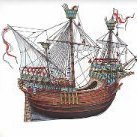
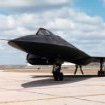
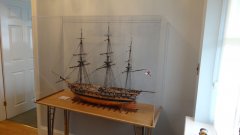

.jpg.d84ec4dad1d7791e855dca06210ab6f3.thumb.jpg.f45209242e851d4409eca1a09293165b.jpg)

